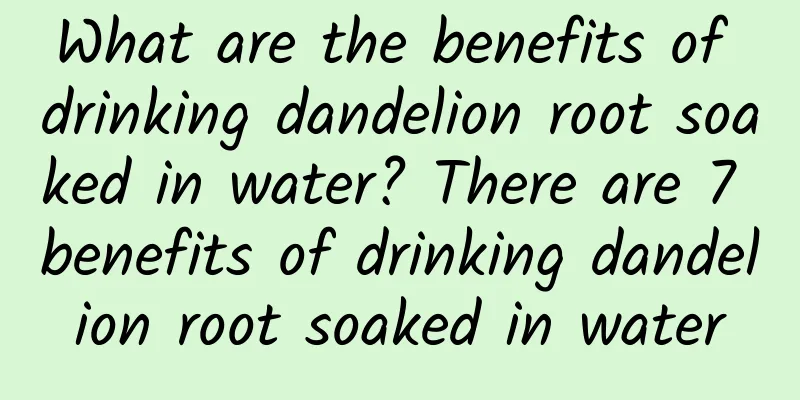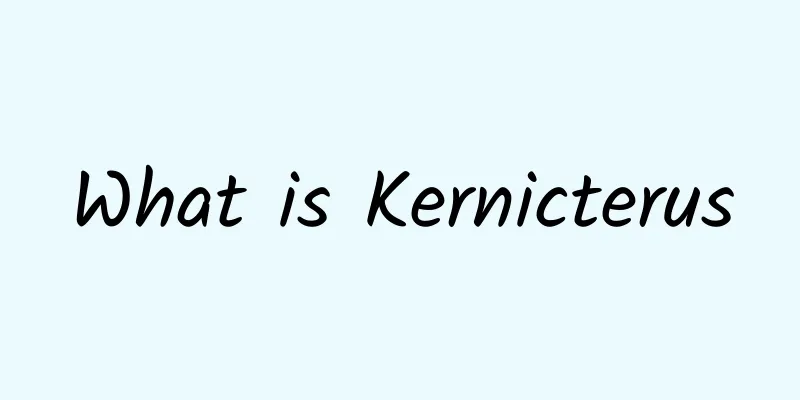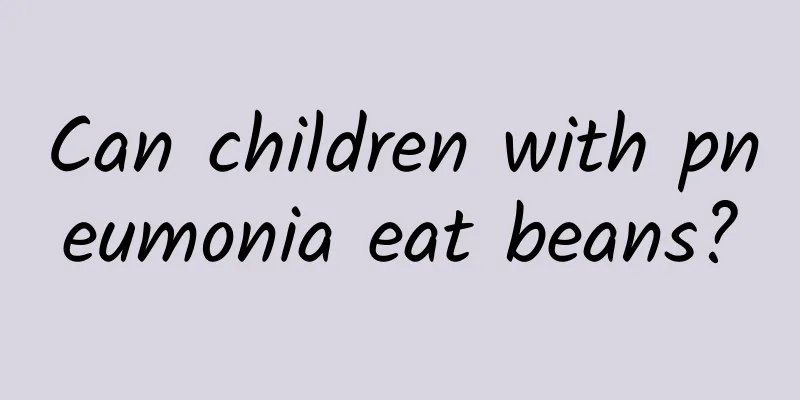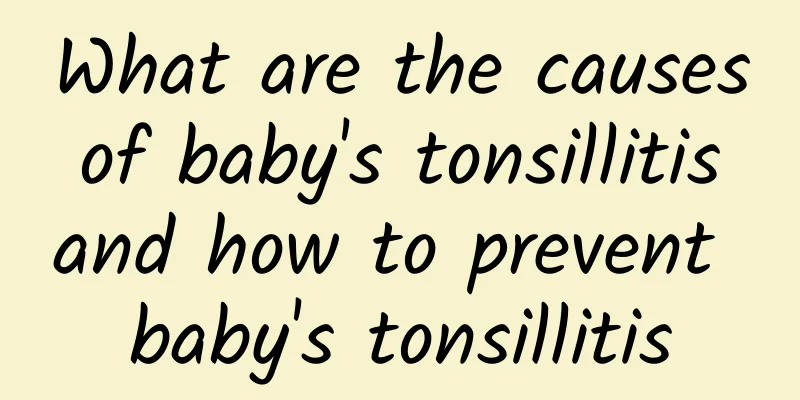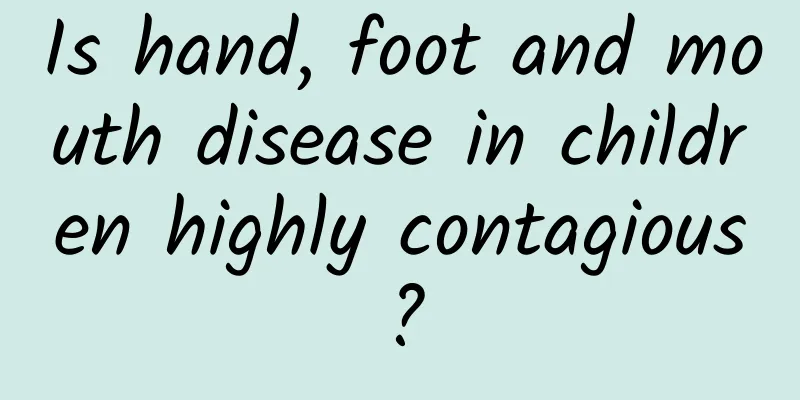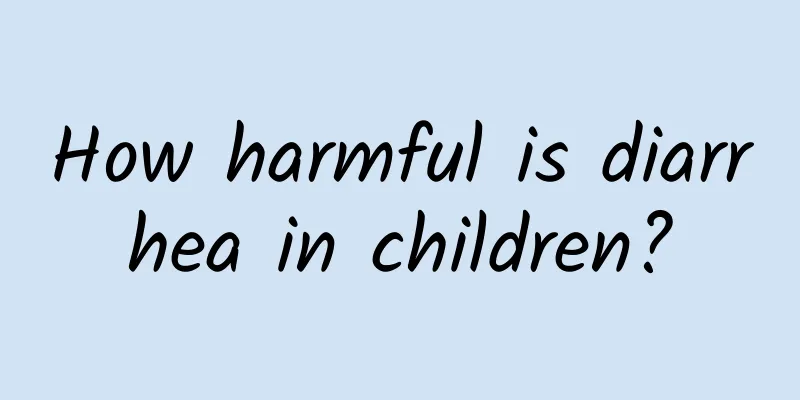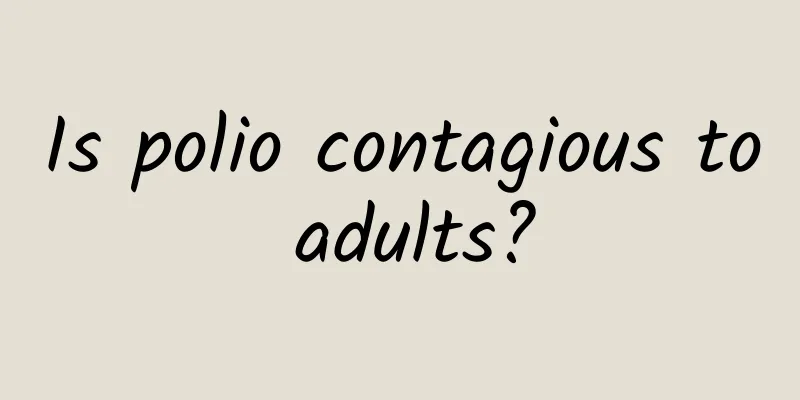Can azithromycin cure pneumonia in children?
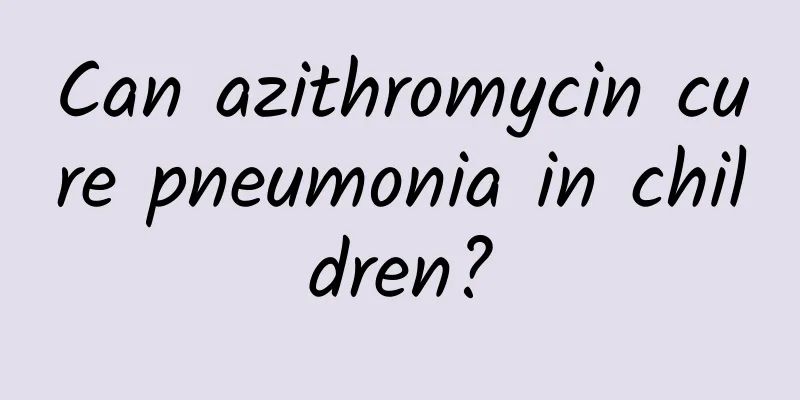
|
Azithromycin is an effective antibiotic in the treatment of pediatric pneumonia, but whether it can be cured depends on the type of pathogen and the severity of the disease. Azithromycin is suitable for pneumonia caused by atypical pathogens such as mycoplasma and chlamydia, and must be used under the guidance of a doctor, combined with symptomatic treatment and nursing measures. 1. Mechanism of action of azithromycin: Azithromycin belongs to the macrolide antibiotic class. It works by inhibiting bacterial protein synthesis and has strong antibacterial activity against atypical pathogens such as mycoplasma and chlamydia. For pediatric pneumonia caused by these pathogens, azithromycin is one of the first choice drugs. 2. Influence of pathogen type: The pathogens of pediatric pneumonia include bacteria, viruses, mycoplasma, etc. Azithromycin has limited efficacy against bacterial pneumonia, especially infections caused by common bacteria such as Streptococcus pneumoniae, and other antibiotics such as penicillins or cephalosporins need to be selected. 3. Severity of the disease: Mild pneumonia usually responds well to azithromycin after the pathogen is identified. However, severe pneumonia requires hospitalization and may require other antibiotics or supportive treatments, such as oxygen therapy and nebulizer inhalation. 4. Precautions for medication: The dosage and course of azithromycin should be strictly followed according to the doctor's instructions to avoid abuse or insufficiency. Common side effects include gastrointestinal discomfort, abnormal liver function, etc. The child's reaction needs to be closely observed. 5. Comprehensive treatment measures: In addition to antibiotics, the treatment of pediatric pneumonia also includes symptomatic treatment such as reducing fever, suppressing cough, and keeping the respiratory tract open. Pay attention to the child's diet, drink plenty of water, keep the indoor air circulating, and avoid cross infection. 6. Prevention and care: The key to preventing pneumonia in children is vaccination, such as pneumococcal vaccine and influenza vaccine. Strengthen exercise to enhance immunity and avoid contact with infection sources. During care, pay attention to changes in the child's breathing, body temperature, etc., and seek medical attention in time. The treatment of pneumonia in children needs to be individualized. Azithromycin is one of the important choices, but it needs to be combined with the type of pathogen, the severity of the disease and the specific situation of the child. Standardized medication should be used under the guidance of a doctor, while focusing on comprehensive treatment and care to achieve the best therapeutic effect. |
<<: What are the causes of neonatal jaundice?
>>: What are the medicines for treating cold, runny nose and cough in children?
Recommend
Why do children suffer from acute laryngitis?
Children are prone to illness when the seasons ch...
Is baby's cough allergic rhinitis?
A baby's cough is not necessarily caused by a...
What is the cause of mumps in children
Mumps in children is mainly caused by viral infec...
Where does the rash first appear in hand, foot and mouth disease?
Hand, foot and mouth disease is a common childhoo...
Kawasaki disease symptoms in infants can be treated
Infant Kawasaki disease is an acute febrile disea...
What are the symptoms of hand, foot and mouth disease in children? 4 examination items for hand, foot and mouth disease in children
Hand, foot and mouth disease is a common disease ...
Can acute laryngitis in children be cured?
Can acute laryngitis in children be cured? There ...
Know the reasons for children's convulsions and pay attention to their health in time
Many parents have encountered this situation, tha...
Can Nephrotic Syndrome be Cured in Children?
Nephrotic syndrome is a common disease in childre...
What are the symptoms of diarrhea in children?
There are many symptoms of diarrhea in children, ...
Can acute laryngitis in children be cured?
Acute laryngitis in children is common in this se...
What to do if a child has a respiratory infection and coughs
Children's respiratory tract infection cough ...
Is neonatal jaundice 230μmol/L serious?
Is neonatal jaundice 230μmol/L serious? 1. Jaundi...
Will patent ductus arteriosus be life-threatening if it becomes serious?
Will patent ductus arteriosus affect life if it b...
What medicine is better for children with cough? How to use medicine for children with cough
Children have relatively weak resistance and are ...
